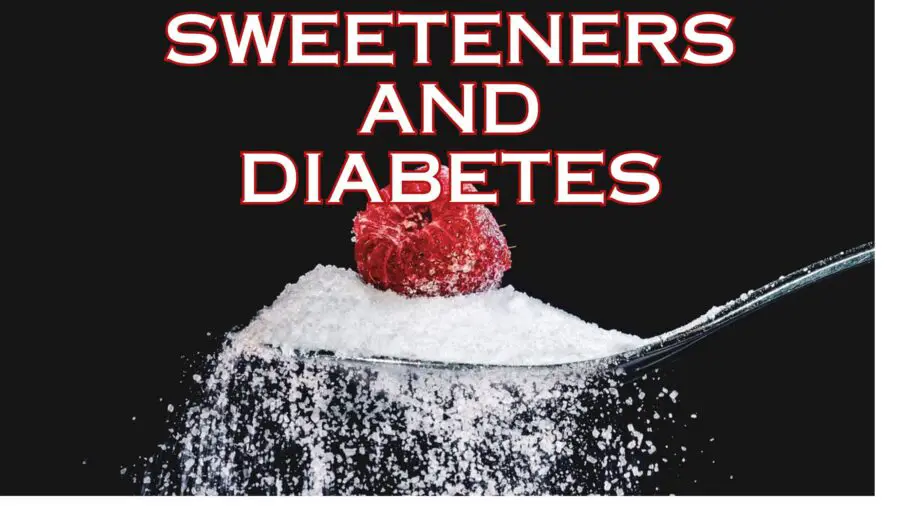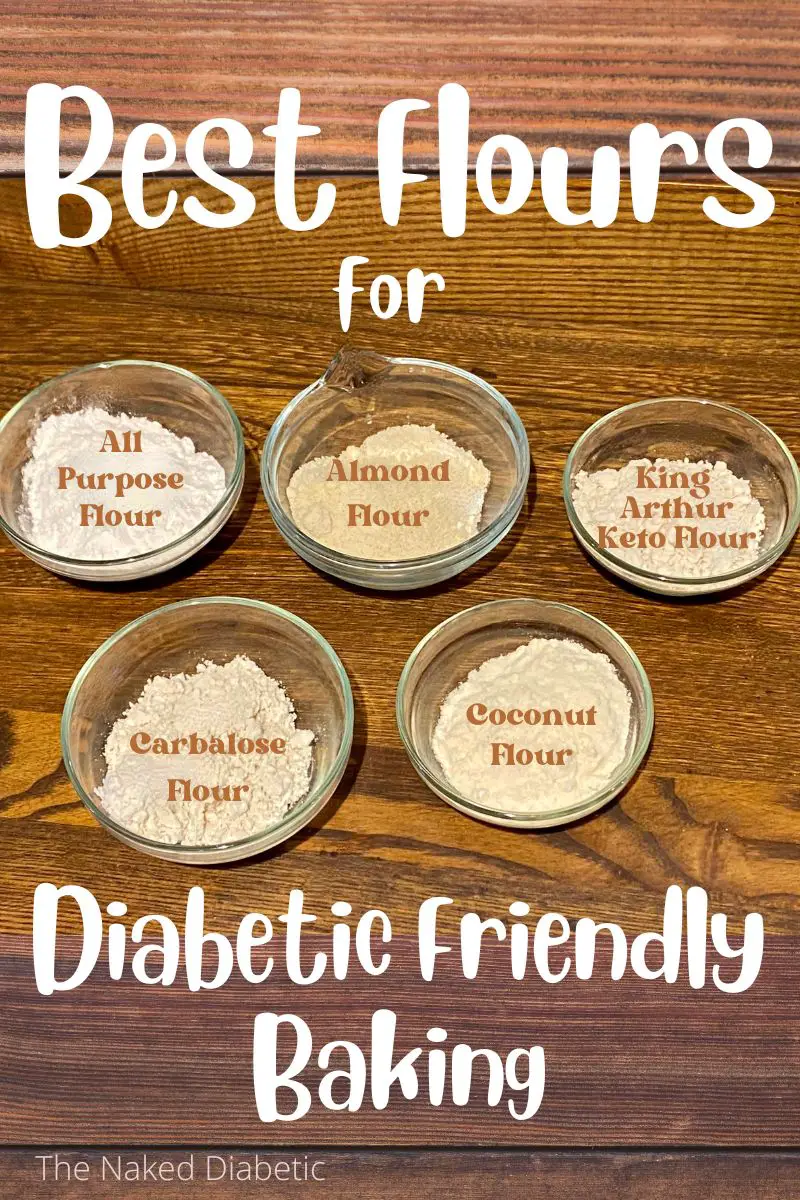Disclaimer -This post may contain affiliate links. When a purchase is made through our links, The Naked Diabetic may receive a commission, at no cost to you.
Over the years I have heard some strange comments about different sugars and sugar substitutes. One time I was offered a sweet snack. I declined and said I was diabetic and watching my sugar intake. The response I got was ” Oh It’s okay, this has honey in it, but no other added sugar.” Understanding the differences in sweeteners and how sweeteners and diabetes work together is important for optimal blood glucose control.

I was astonished, but I’ve heard similar things over the years. Just because it is a natural sugar does not change the effect it has on your blood sugar. Having a well-stocked diabetic-friendly pantry, that includes the right sweeteners, makes life just a little bit easier. We use sweeteners in all of our diabetic-friendly dessert recipes and many of our diabetic-friendly snack recipes. Paired with our choice of low-carb flours, we can make just about anything low-carb and diabetic-friendly.
Let’s have a look at sugar and the differences in sweeteners.
The main sugars used at home are basic table sugar, powdered sugars, and syrups. For us, using sugar at home is during baking or sweetening food BUT sugar is used for many other things we don’t think about.
How do the differences in sweeteners affect our foods?
FREEZING POINT: Did you know that sugar changes the freezing point of foods? Think about ice cream. The added sugar changes the freezing point and makes the ice cream stay softer. Salt also affects the freezing point but I’ll stick to the topic of sugar. Just try making some sugar-free popsicles. They seem hard as a rock when there isn’t added sugar. Proof that knowing the differences in sweeteners and how to best use them will help you choose the right one for the right baking or cooking application. I’ve purchased different brands of low-carb or sugar-free ice cream and they are always a little harder than the regular ones. A big reason is the added sugar
BUT
If you are making sugar-free ice cream and want to make it with a sweetener – you can add flavoured or unflavored gelatin or MCT oil ( medium-chain triglycerides), a product made from coconuts. The MCT oil, mixed in with the other ingredients, will prevent your ice cream from getting rock hard, making it softer and scoopable.

COLOUR ENHANCEMENT – Sugar also is used as a colour enhancer and stabilizer in many canned fruits and vegetables. It is not a preservative in these circumstances. Be sure to check the labels. Not all canned vegetables and fruit are the same. Fruits packed in their own juice are my first choice as far as canned fruits go.
Some restaurants also add sugar when cooking fruits and vegetables, for the same reason. Sugar can help attain bright colours for presentation, which is what restaurants are striving for This is slowly changing, with a push for healthier options and the requirement to disclose nutritional facts on menus.
The many names of sugars and sweeteners
Some common names of sugars that appear on labels are fructose, sucrose, maltose, molasses, corn syrup, maple syrup, honey, dextrose, and agave, just to name a few.
Checking labels and knowing which ingredients are sugar will help you to decide whether the product is what you are looking for or if there is another one with less in it. Ingredients are listed in order of quantity. A label that lists sugar first means that it has more sugar than other ingredients in it. It is better to find one with sugar towards the end of the list. It’s pretty hard to find products with no sugar at all.
Chart of Types of Sweeteners and brand name
| Name | Product common name | Preferred Use |
| Sucralose | Splenda | works well for baking as well as in cold and hot drinks. |
| Saccharin | Sugar Twin- U.S Sweet n’ low U.S | Good in hot and cold drinks -banned in Canada and some other countries |
| Cyclamate | Sugar Twin – Canada Sweet n’ Low – Canada Sucaryl – Canada | Good in hot and cold drinks and some cooking Banned in the U.S |
| Aspartame | Equal NutraSweet | Not good for baking (in my opinion) |
| steviol glycosides | Stevia | Good for hot and cold recipes. Used in Keto diets |
| Xylitol | Xylitol | used in making gums and candy Is a sugar alcohol and can cause stomach disturbances. |
| Sorbitol | Sorbitol; | used in gums and candy making cheaper than xylitol Is a sugar alcohol and also can cause stomach disturbances. |
| Monk Fruit | Monk Fruit extract (very sweet) | multi-use – good for cold drinks, and baking as well. most have carbs – always check the labels |
Using sugar substitutes at home can be easy if you know a little about the best uses for the different types ahead of time.

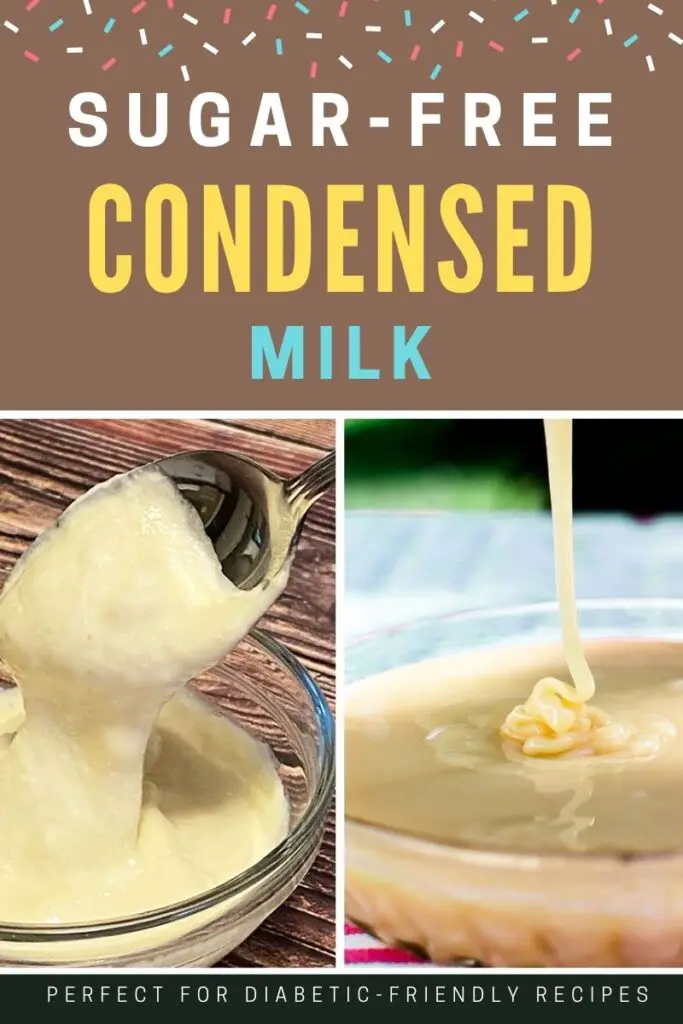
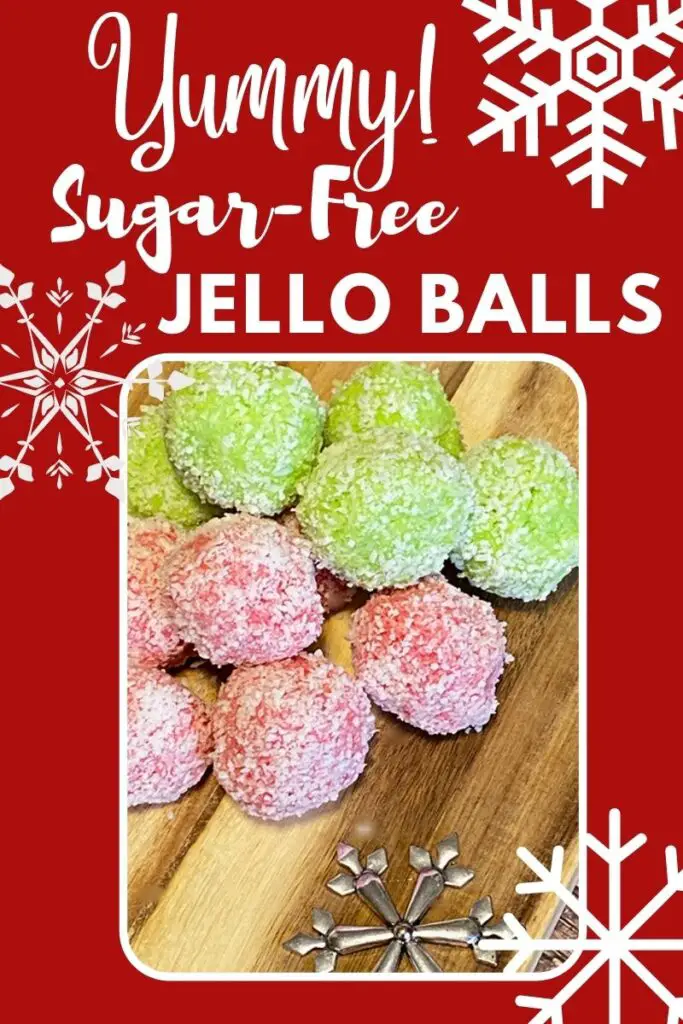
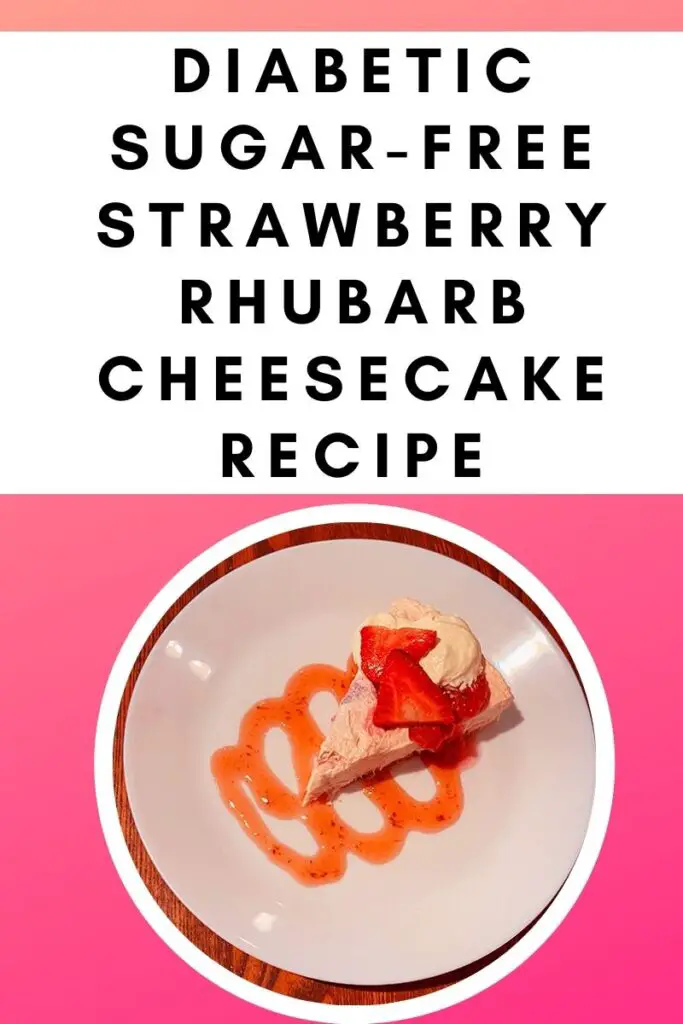
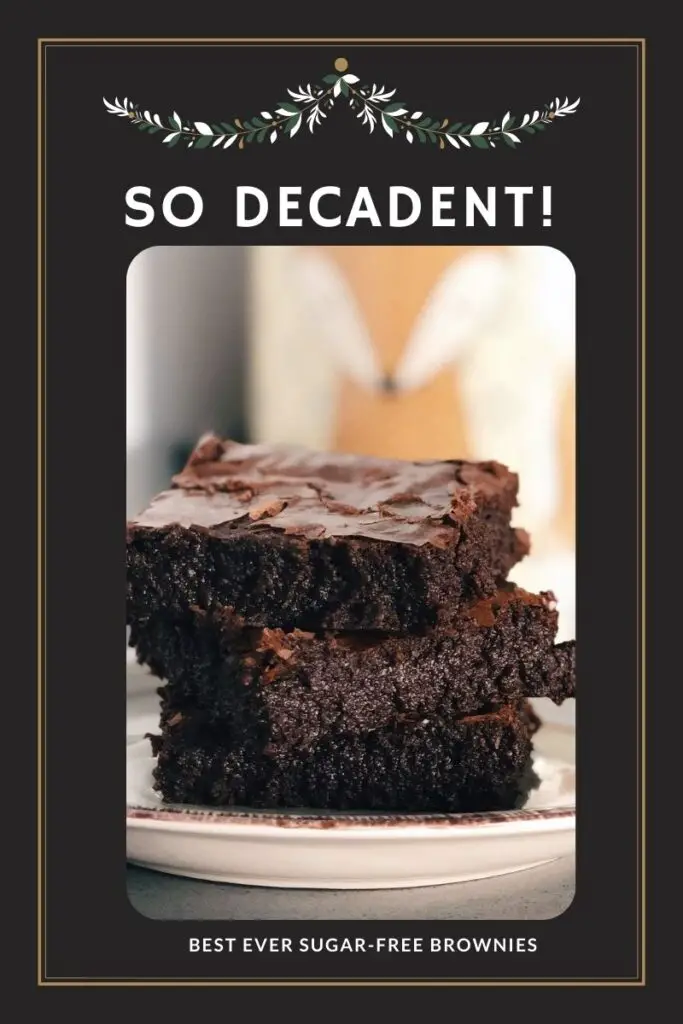
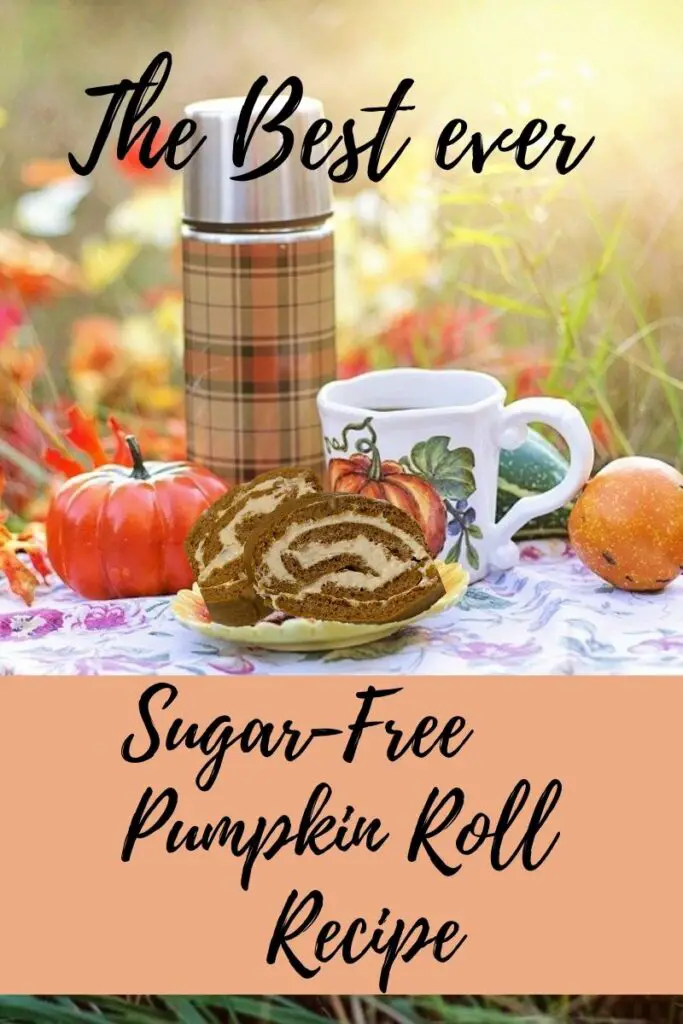
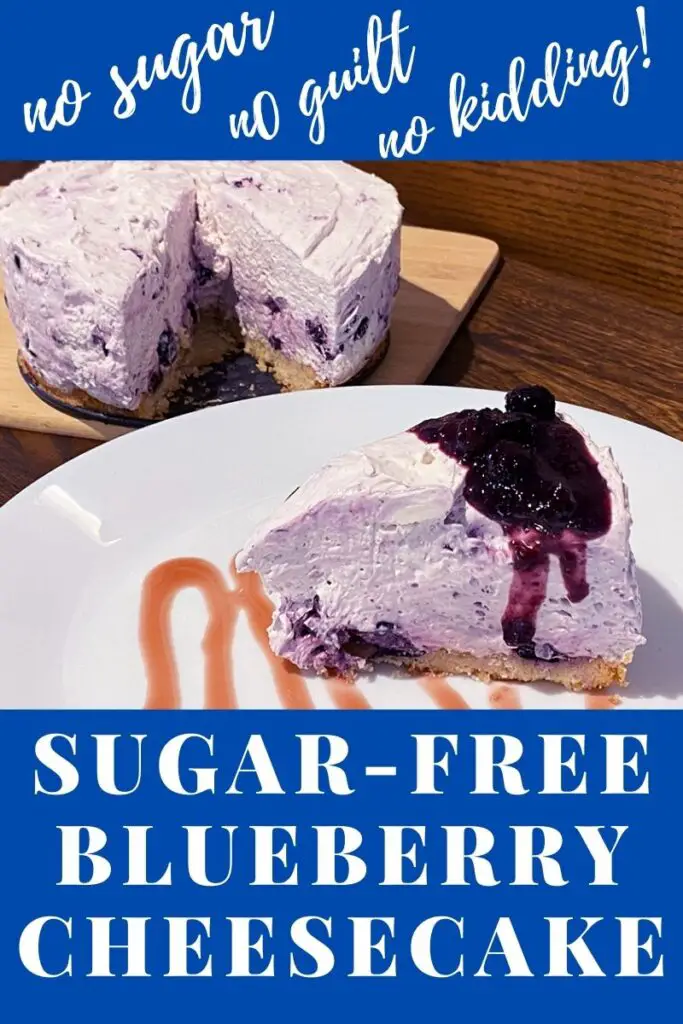
Different Sweeteners – Brief description
Sucralose (Splenda)
is made from sucrose (sugar). It is said to be 600 times sweeter than sugar. works best for me when cooking, baking, and making sauces. I have found that it maintains the right sweetness and does not turn bitter as some others. It has little to no calories.
Cyclamate
Cyclamate-based sweeteners are said to be 30 to 50 times sweeter than sugar. In Canada, sweeteners such as Sugar Twin, Sucaryl, and Sweet’n Low don’t do as well in the cooking process but are great when added to cold drinks, yogurts and breakfast cereals. Some brands containing cyclamates are Sucaryl and Sugar Twin which are available in liquid, powder and tablet form and are easy to use when making lemonades or cold drinks. You can also add liquid sweeteners to homemade popsicles and frozen treats for the summer. What kid doesn’t want a cold treat on a hot day?
This group is also widely used in coffee and tea as sweeteners. I like Sugar Twin but I don’t like Sweet’n low in my coffee. Even though they are from the same family of sweeteners, I find them different. It is also good to know that when you are travelling sweeteners in different countries may not be all made the same.
In Canada, Sugar Twin is made with sodium cyclamate and in the United States, it is manufactured with Saccharin. Cyclamates were banned in the USA in the late 60s and not in Canada but Saccharin was banned in Canada in the early 70s. So if you are travelling and get the same product that you get at home, you may find a difference in flavour. I always take a little bag of sweetener packets with me, when I travel, for that reason alone.
Sugar Twin is also available as a brown sugar substitute. This is great for oatmeal and some recipes that call for brown sugar. It’s not in every store, so you may have to look for it.
Saccharin
Saccharin-based sweeteners in the USA are used in brands such as Sweet’n low and Sugar twin. Saccharin is said to be 200 to 700 times sweeter than sugar, so best to not add a spoon for spoon. I have also not been able to find brown Sugar Twin in the U.S., so I think it is only available online or in Canada. The saccharin-based sweeteners respond the same way as the cyclamate sweeteners, as far as the best ways to use them
Aspartame
Aspartame sweeteners, such as Nutrasweet, and Equal are also available in-store. I have found that these don’t fare well when heated or used for cooking. I prefer these sweeteners in cold drinks, yogurts and cereals. It is also a widely used sweetener in processed food labelled as sugar-free. Next time you are shopping, have a look at labels to see what kind of sweetener is added. Some people are bothered by aspartame and it is in most carbonated sugar-free sodas, sugar-free gelatin mixes, ice creams, gums and candy.
If you are someone who is bothered by aspartame, try products with sucralose. Some use sucralose but the majority use aspartame. Aspartame does contain calories, but because it’s about 200 times sweeter than sugar, you are not likely to use it as much. Just a good thing to know as all those little calories add up.
Stevia
Stevia is made from Stevia rebaudiana, a plant related to the Chrysanthemum. You will find many stevia blends in the supermarket, such as Truvia, Stevia in the raw and others. Stevia is extremely low in calories and is very versatile when it comes to cooking. It comes in powder and liquid form. It is said to be 200-300 times sweeter than sugar. The liquid is a good choice for recipes that need sweetening but you don’t want the dryness or bulk of a dry sweetener, such as a no-bake cheesecake.
Monk Fruit
Made from Monk fruit, bt juicing the fruit and then the juice is processed into the extract. Be careful to read labels, as this is commonly mixed with other sugars and as a result is no longer calorie or sugar-free. This is often used in Keto recipes but as long as there are no added sugars, Most monk fruit sweeteners contain a small number of carbs. Always read the labels.
Sugar Alcohols
Sugar alcohols are found in Xylitol, Sorbitol, erythritol and the like. Sugar alcohols can cause stomach disturbances, such as bloating, gas and diarrhea. I have been told that Sugar Alcohols are diabetic-friendly and do not elevate your blood sugar. This is not the case for me. I find that sugar alcohols elevate my blood sugar, almost like real sugar. I know some diabetics that are not affected by these types of sweeteners and some that are. Always keep an eye on your blood sugar when trying new sweeteners to evaluate them yourself and talk to your doctor or diabetic nutritionist,

Disclaimer -This post may contain affiliate links. When a purchase is made through our links, The Naked Diabetic may receive a commission, at no cost to you.

